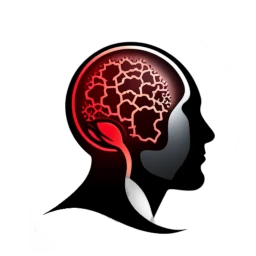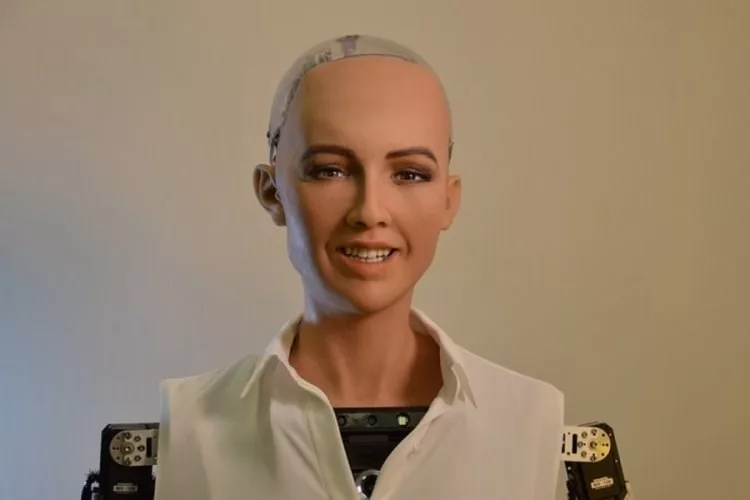Robot Sophia is one of the most recognizable figures in the world of artificial intelligence. Created by Hanson Robotics, Sophia has gained fame for her ability to communicate, express emotions, and interact with humans. In this article, we will take a closer look at this fascinating project and its significance for the development of artificial intelligence.
Sophia is a humanoid robot programmed to recognize faces and display emotions on her face. She is equipped with an advanced artificial intelligence system that enables her to engage in conversations, answer questions, and respond to stimuli from her surroundings. Sophia is capable of learning from her interactions with humans, making her behavior increasingly advanced and human-like.
One of Sophia’s main objectives is to explore the relationship between humans and robots and to develop technology related to their communication. It serves as a tool for experimenting with social interactions, with applications in fields such as healthcare, education, and entertainment.
However, the Sophia project also raises many questions and controversies. Should robots like Sophia be treated as entities with rights? What ethical and legal challenges do advanced social robots pose? These are important issues that will continue to arise as this technology develops.
The prospects for the development of social robots are promising. They can find applications in caring for the elderly, serving as educators, or working as tour guides. However, there are also challenges to address, such as ensuring privacy and data security, and regulating interactions between robots and humans.
Sophia is a fascinating example of advanced artificial intelligence technology with the potential to change our interactions with machines. However, this potential comes with both opportunities and challenges that we will need to collectively consider in the coming years.

